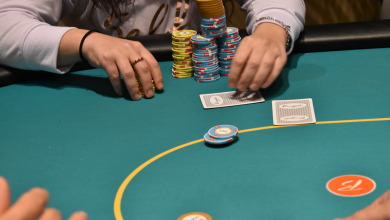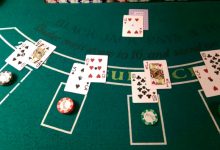
Studying an Online Poker Game
Before you rush into the action at an online Texas Hold’em poker game, it would be wise to study the table for a while as a spectator. Take mental notes on what type of poker strategy each player is using and apply this knowledge to your advantage. Ask yourself:
- With what type of hands are players raising?
- Who is on tilt and making loose and bad calls?
- Who is playing too tightly and who is trying to bluff to often?
Hands to play
This section will examine the different types of Texas Hold’em hole cards, with suggestions on how to play them.
Power Hands (eg. A – A, A – K suited, K – K)
These hands definitely deserve a raise. If you are in an early position, you need to decide if you are going to go ahead and bet. If you decide to smooth call, hoping that someone else will raise so that you can trap them by re-raising. On the other hand, by limping you are passing on an opportunity to bet.
In middle position or late position, it would be wise to raise and build up the pot.
Strong pocket pairs (9 -9 and higher)
In late position, especially on the button, these hands are worth a raise to eliminate players with weaker hands who might draw out on you.
Low Pocket Pairs (8 – 8 and lower)
It can be very easy to overplay a low pocket pair. Ideally, you would like to limp in or call a small raise, hoping to hit a set on the flop.
Suited Connectors (eg. 4 – 5 suited, 9 – 10)
Since you will not hit your flush or straight draw many times, these hands work well in a multi-way pot so that you can get paid off well.
Other Hands (eg. A – Q, A – J, A – 10, K – J, Q – J, J – 10, 9 – 10)
These hands are worth calling, and are naturally worth more the closer you are to the button.
Marginal Hands (eg. A – 4, J – 9, Q – 10)
In unraised pots, it is sometimes worth seeing a flop with a marginal hand, especially if you can see it cheaply from the small blind position.
Trash (eg. K – 2, J – 3, Q – 7, 2 – 4)
Avoid calling with these hands.







